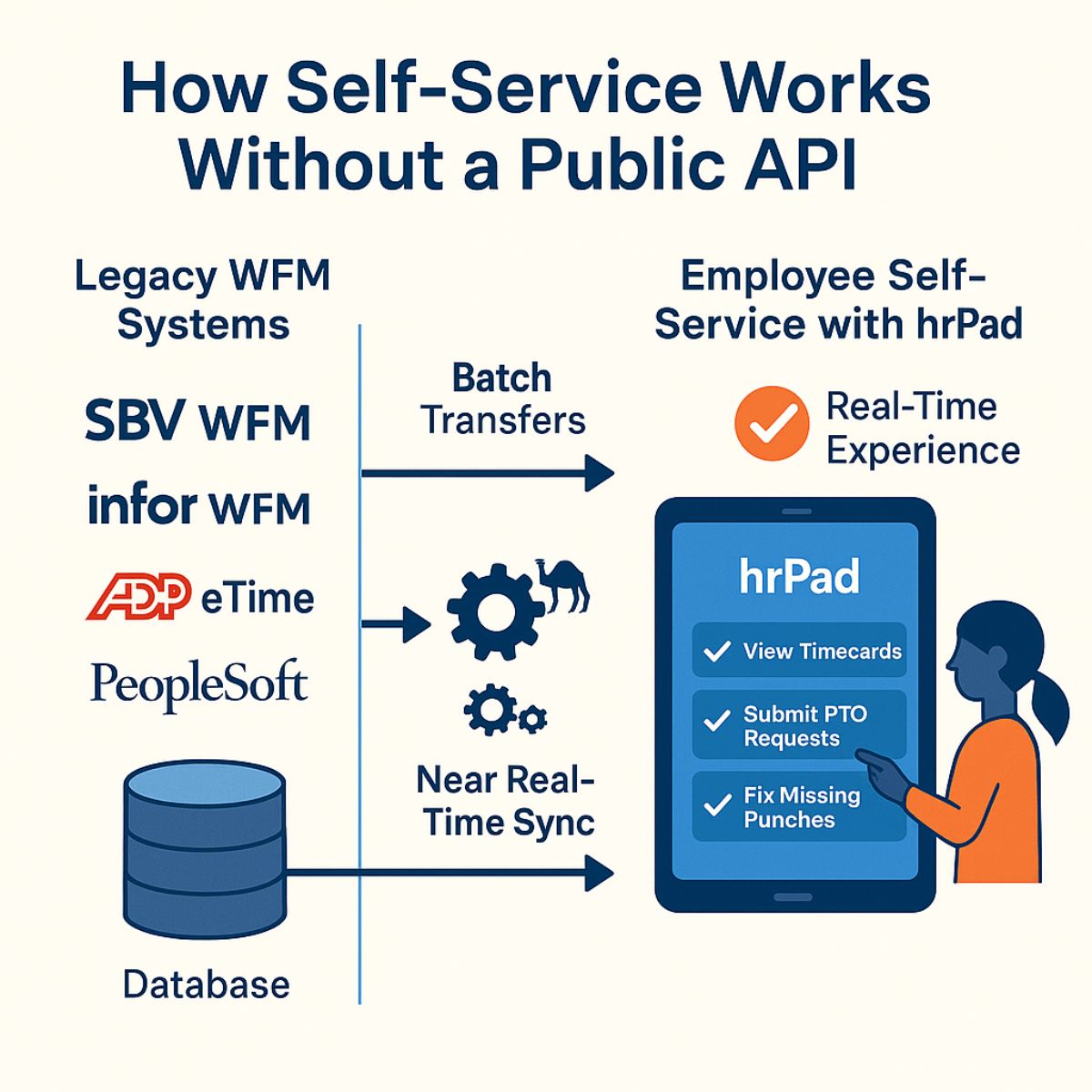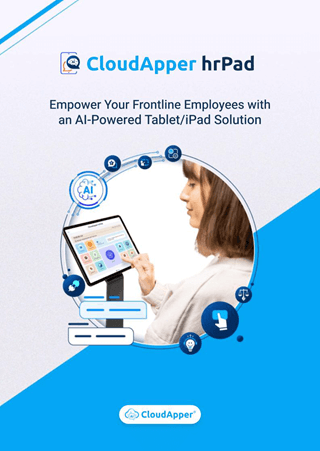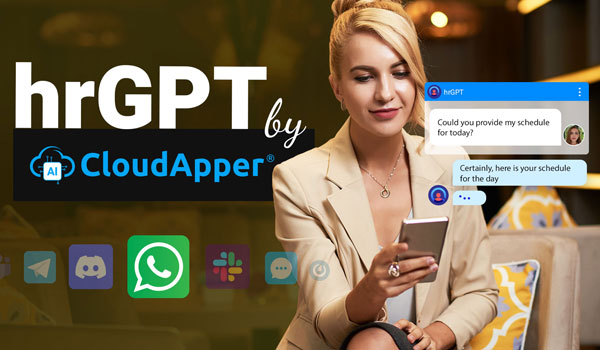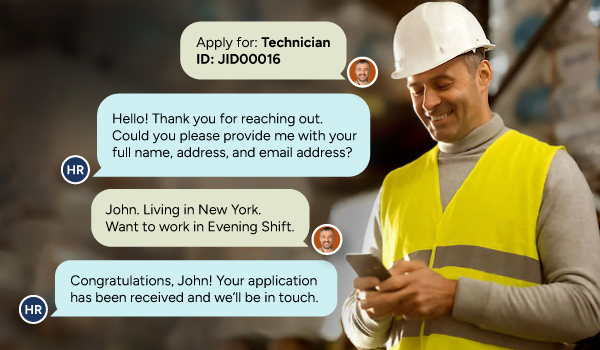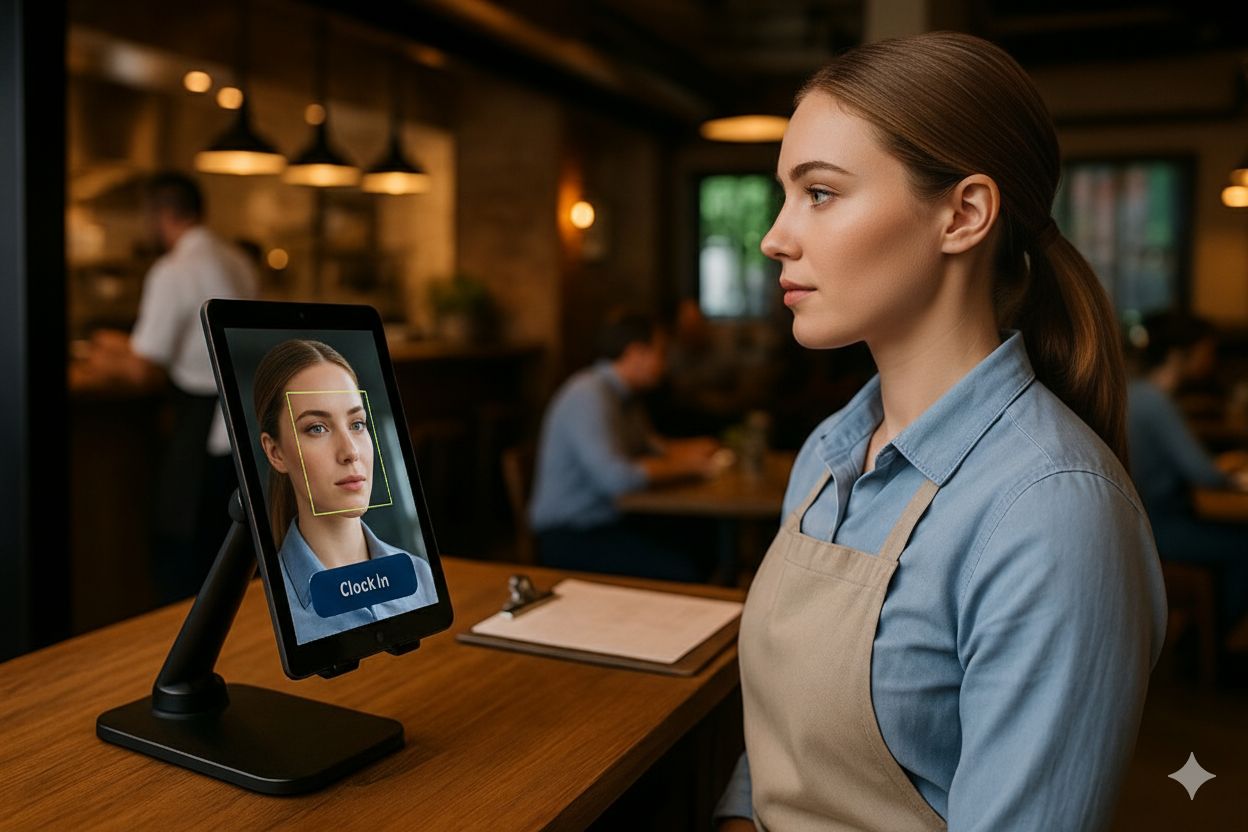Table of Contents
Every workforce management (WFM) or payroll team eventually runs into the same roadblock: employees want more self-service, but the system doesn’t make it easy. SBV WFM is a prime example. It’s reliable for timekeeping but doesn’t have a modern public API, which makes it difficult to enable features like self-service timecard visibility or PTO requests.
For more information on CloudApper hrPad visit our page here.
This gap creates frustration on both sides. Employees end up calling HR for simple questions like, “How many PTO days do I have left?” or “Can I fix my missed punch?” Meanwhile, HR spends hours handling repetitive tasks instead of focusing on strategic priorities.
Here’s the good news: you can still provide self-service timecard and PTO access without a public API. By using flexible integration methods and tools like CloudApper hrPad, organizations can deliver the modern self-service experience employees expect while continuing to use legacy WFM systems.
The API Gap in Legacy WFM Systems
A public API is what allows modern apps and systems to talk to each other in real time. Many legacy WFM systems simply weren’t built with APIs in mind. SBV WFM, for example, is SQL-based and processes data in scheduled intervals. It works well for core timekeeping but wasn’t designed for on-demand employee self-service.
SBV is far from alone. Other widely used systems also lack robust APIs:
- Infor WFM (Workbrain): Popular in retail, but relies heavily on batch exports.
- ADP eTime (older versions): Integration usually happens through flat files or SFTP transfers.
- PeopleSoft Time & Labor: Dependence on scheduled database jobs limits flexibility.
The result? Organizations are left with systems that keep operations running but fall short when it comes to giving employees the tools they need at their fingertips.
Why Employee Self-Service Matters More Than Ever
Employees expect transparency and control in the workplace. Being able to check their timecards, confirm PTO balances, or fix a missing punch shouldn’t require a call to HR.
Without employee self-service, organizations face three common issues:
- Frustration and disengagement: Workers don’t like waiting for answers to basic questions.
- Administrative overload: HR and payroll teams waste time on requests that could be automated.
- Compliance risks: Without timely punch fixes or documented PTO requests, errors pile up that can affect payroll accuracy and legal compliance.
Offering self-service timecard and PTO access not only improves employee satisfaction but also reduces the back-and-forth that eats away at HR’s productivity.
Integration Without APIs: What’s Possible?
Just because a system doesn’t have APIs doesn’t mean you’re stuck. There are proven ways to enable employee self-service even in systems like SBV WFM:
- Batch Integrations (FTP/flat files): Data is exchanged in scheduled intervals. This works well for PTO balances and accruals where real-time accuracy isn’t as critical.
- Near Real-Time (SQL jobs, middleware like Apache Camel): Keeps punch and timecard data fresher by pushing updates every few minutes instead of hours.
- Hybrid Models: Punch data can sync in near real-time while PTO balances updates on a daily schedule. This gives employees the experience they need without overloading IT infrastructure.
The key is flexibility—matching the right integration method to the business requirement.
Adding Self-Service With hrPad
This is where CloudApper hrPad comes in. hrPad turns any Android, iOS, or Windows tablet into an employee self-service kiosk that integrates with your existing WFM or payroll system.
With hrPad, employees can:
- View their timecards right at the kiosk.
- Check PTO balances in seconds.
- Submit PTO requests digitally.
- Fix errors with missing punch submissions.
- Complete attestations or compliance surveys at clock-in and clock-out.
The beauty of hrPad is that it doesn’t require a public API. It works seamlessly with batch files, SQL jobs, or FTP transfers. HR teams gain a modern, user-friendly interface for employees, while IT avoids costly system replacements.
Real-World Scenarios
Here are some ways organizations have bridged the self-service gap without APIs:
- SBV WFM: Employees gained real-time punch visibility by connecting hrPad to SQL jobs. Missing punch requests are logged directly through the kiosk.
- Infor WFM: Retail employees now submit PTO requests via hrPad, which then updates balances through FTP transfers.
- ADP eTime (older versions): A manufacturing firm enabled workers to review timecards and request corrections, synced back into payroll overnight.
In each case, the core WFM system stayed the same, but employees gained self-service access that made their workday smoother.
Security and Compliance Considerations
Whenever data moves between systems, security is critical. hrPad deployments typically use:
- VPN tunnels or IP whitelisting to secure connections.
- Encrypted SFTP transfers to protect sensitive information.
- Role-based access controls to ensure employees only see their own records.
This ensures self-service doesn’t come at the cost of compliance or data protection.
Conclusion
Legacy workforce systems like SBV WFM may not have APIs, but that doesn’t mean your employees have to stay in the dark. With hrPad, you can deliver self-service timecard and PTO access—plus features like missing punch requests and compliance surveys—without costly system migrations or custom development.
By leveraging flexible integration methods, hrPad modernizes the employee experience and frees HR teams from repetitive tasks.
Ready to give your employees the self-service tools they need? Explore how hrPad can extend your current WFM system without replacing it.
What is CloudApper AI Platform?
CloudApper AI is an advanced platform that enables organizations to integrate AI into their existing enterprise systems effortlessly, without the need for technical expertise, costly development, or upgrading the underlying infrastructure. By transforming legacy systems into AI-capable solutions, CloudApper allows companies to harness the power of Generative AI quickly and efficiently. This approach has been successfully implemented with leading systems like UKG, Workday, Oracle, Paradox, Amazon AWS Bedrock and can be applied across various industries, helping businesses enhance productivity, automate processes, and gain deeper insights without the usual complexities. With CloudApper AI, you can start experiencing the transformative benefits of AI today. Learn More

